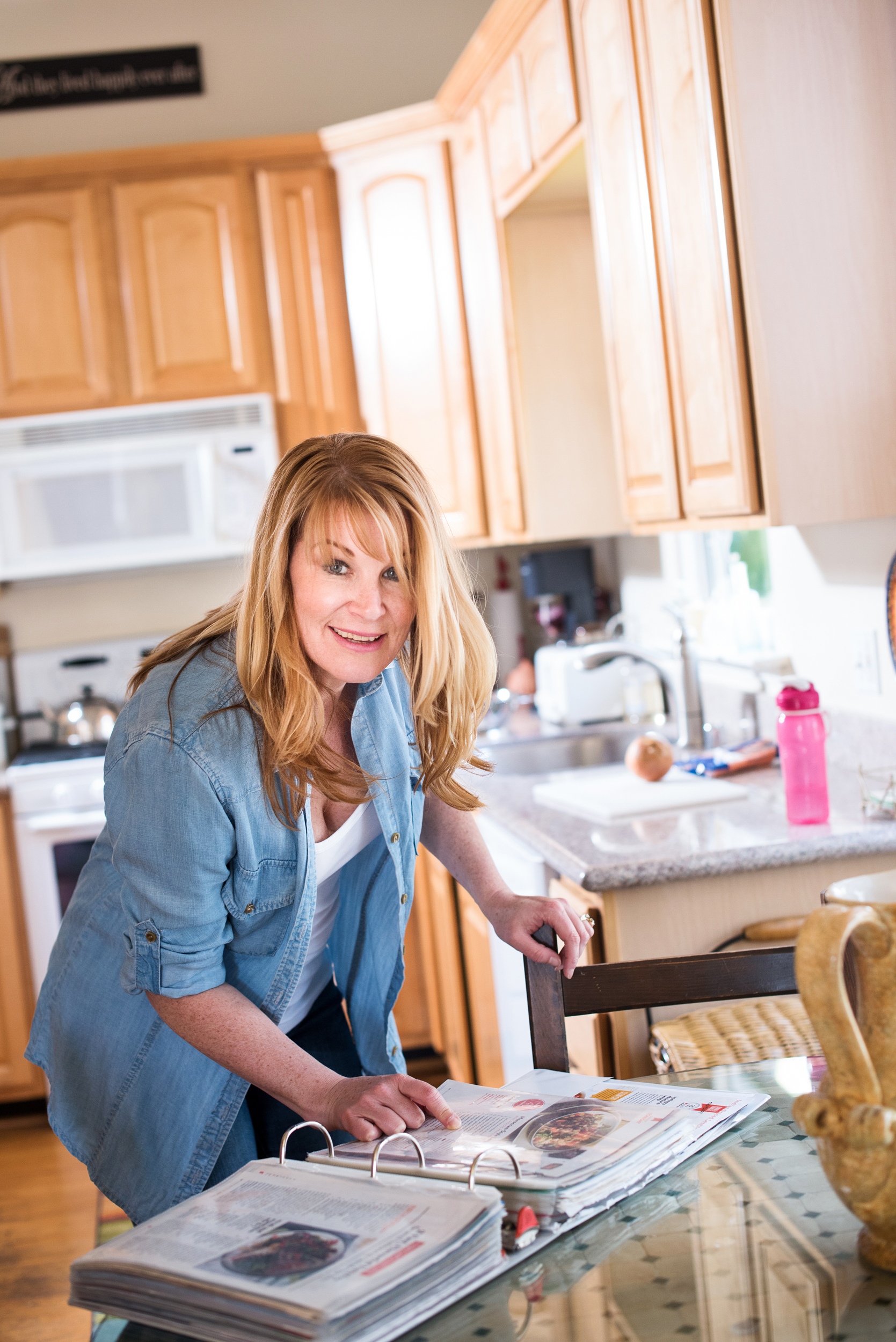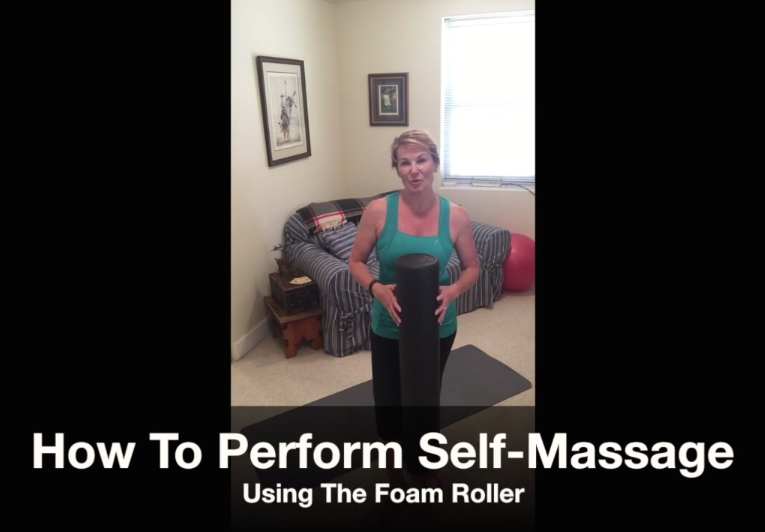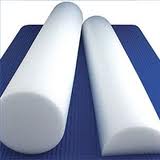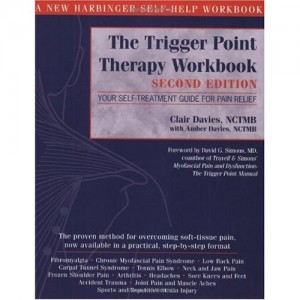A couple of weeks ago I had a nasty bout with the stomach flu. I was having trouble keeping food down so I did a quick search on the Internet to find out what foods would be best for my poor stomach. The medical sites were recommending applesauce, broth, lots of clear fluids, and processed starches like white rice and white bread (the stuff that you can roll into a tiny ball).
We usually keep white Basmati rice in our pantry and thank God for our neighbor Farmer Frank’s homemade applesauce that I pulled out of the freezer. The one thing I did not have was any white bread.
Our household is normally full of whole foods and foods that are minimally processed. It became quite obvious to me that my normal diet of super healthy and minimally processed food was not going to help me in this situation. I was staring at a fridge full of food that was of little use to me and I was hungry and needed energy.
I sent an S.O.S. text out to my husband to pick up white bread on his way home from work. When he arrived I eagerly toasted the bread and ate it with non fat turkey meat since I was seriously lacking protein in my diet. I don’t usually recommend the no fat thing but that was another problem nutrient for my gut. My husband decided to toast up a piece for himself and put peanut butter and honey on it because in his words “I haven’t had sliced white bread in ages.” He’s right. It’s like an endangered species at our house.
What’s important to note here is that a food that most diets on the market today list as “forbidden” was the food that really helped me. Can you imagine if I was ultra religious about my diet and wouldn’t touch the white stuff? It would have been a rough week.
Fortunately, most people will toss out their diet and eat whatever is necessary for survival when hungry or ill. However, I have had clients report back to me that they have skipped carbs for an entire day because they did not have access to “good” carbs so they ate the sandwich and threw away the bread or chose the burger but threw away the bun. Anything to avoid those “bad” carbs, right? While I understand the logic, and maybe even the fear, the answer is no.
It is always better to eat the bun than to skip it because it’s “white” bread. When you deny your body carbohydrates, you are starving your brain and potentially harming your metabolism. If you are skipping gluten for health reasons I recommend searching for a place that serves gluten-free carbs. Mexican food is a great option if you can find it. Otherwise Asian food is another possible choice if you skip the sauces. I recommend asking if you’re not sure.
I’m not suggesting that you trade in your sprouted toast, whole wheat pasta, or quinoa for processed white starches. There are good health-related reasons to eat whole grains instead of white processed food and I’m already back to my normal diet. Whole grains offer more fiber, they can help stabilize blood sugar, curb cravings, and they keep you full longer. I am, however, suggesting that you avoid being guilted into the diet trap and understand the motive behind your food choices. There’s usually a difference between eating for health versus eating to lose weight.
The difference between eating for health versus eating to lose weight
Eating for long term health and weight loss is about eating to fuel your body properly, building a strong immune system, having good energy, maintaining muscle mass, and cutting back on the things that in excess are not good for you. One of the byproducts of a consistent healthy diet combined with appropriate portion sizes is weight loss. On the other hand, if the only goal is to be skinny, disordered eating (like eliminating carbs entirely) can occur which often times cuts out important nutrients and good health can fall to the wayside.
It’s also a good idea to avoid labeling foods as “good” or “bad.” There are foods that are better than others and for health reasons some that I like to avoid. However, it’s next to impossible to maintain a perfectly “clean” diet and when we start labeling foods as good or bad it can really mess with you psychologically. You should never feel afraid or guilty to eat a sandwich made with white bread when you are stuck in the airport or on a long car trip. Unless, of course, you are strictly gluten-free, then I recommend a bag of potato chips if that’s the only carb you can find.
The moral of this story is white bread that you can roll into a tiny ball tastes great with blueberry jam. Just kidding! 🙂
In all seriousness, food is fuel. Some foods fuel you better than others and that is personal. It’s important to take care of your body. It’s also important to limit stress in your life and to have some fun. Life is short. You shouldn’t have to spend most of your day thinking about food. Focus on being healthy first and let weight loss be one of the benefits.
Shared with much love,
Jennifer Ledford





